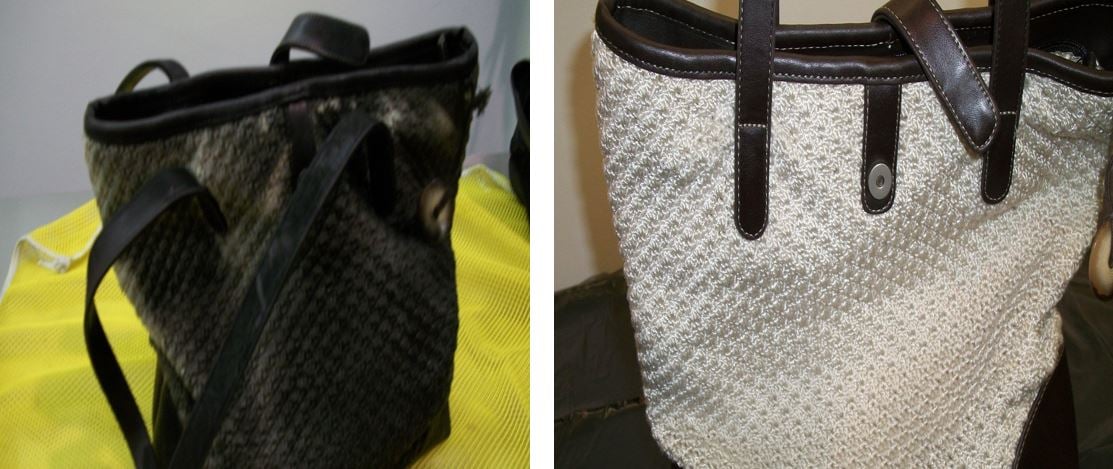
Robust and durable, leather is a natural material often chosen for use in the harshest of environments. We take its relative strength for granted. Leather is stitched together in everyday items like shoes and boots, belts, wallets, purses, jackets, sofas, easy chairs, car and truck seats, sporting equipment and more. Even fur coats are considered leather goods.
Preconceived notions tell us that leather needs to avoid contact with water, and therefore cannot be cleaned in a wash process. A funny notion when you consider rain, street puddles, early morning golf tee times in dewed grass, and dreaded winter slush are all things that come into direct contact with leather goods; and yet these things remain intact.
Related: 5 tips to creating a home inventory for an insurance claim
When the juice isn't worth the squeeze
Adjusters and claims professionals making assessments on smoke- or water-damaged leather contents often write off these items as non-salvageable. Many dry cleaning service providers won't take the time or trouble to restore leathers. The reason is obvious. Cleaning leather goods by hand is too time-consuming relative to the revenue gain – it is almost impossible to return them to pre-loss condition.
Removing soot or flood soil out of the zippered pockets of a purse or backpack takes time. Without a form of automated technology, that also sanitizes items, odor and contaminates will likely not be removed – especially when it is heavy soot or soil. What's more, Category 2 gray water or Cat 3 sewage, or mold-impacted leathers can't be proven safe when cleaned by hand. Without the benefit of using lab-proven, automated cleaning technology, bacteria, smoke and foul odor will most likely remain.
Recommended For You
Want to continue reading?
Become a Free PropertyCasualty360 Digital Reader
Your access to unlimited PropertyCasualty360 content isn’t changing.
Once you are an ALM digital member, you’ll receive:
- Breaking insurance news and analysis, on-site and via our newsletters and custom alerts
- Weekly Insurance Speak podcast featuring exclusive interviews with industry leaders
- Educational webcasts, white papers, and ebooks from industry thought leaders
- Critical converage of the employee benefits and financial advisory markets on our other ALM sites, BenefitsPRO and ThinkAdvisor
Already have an account? Sign In Now
© 2025 ALM Global, LLC, All Rights Reserved. Request academic re-use from www.copyright.com. All other uses, submit a request to [email protected]. For more information visit Asset & Logo Licensing.








